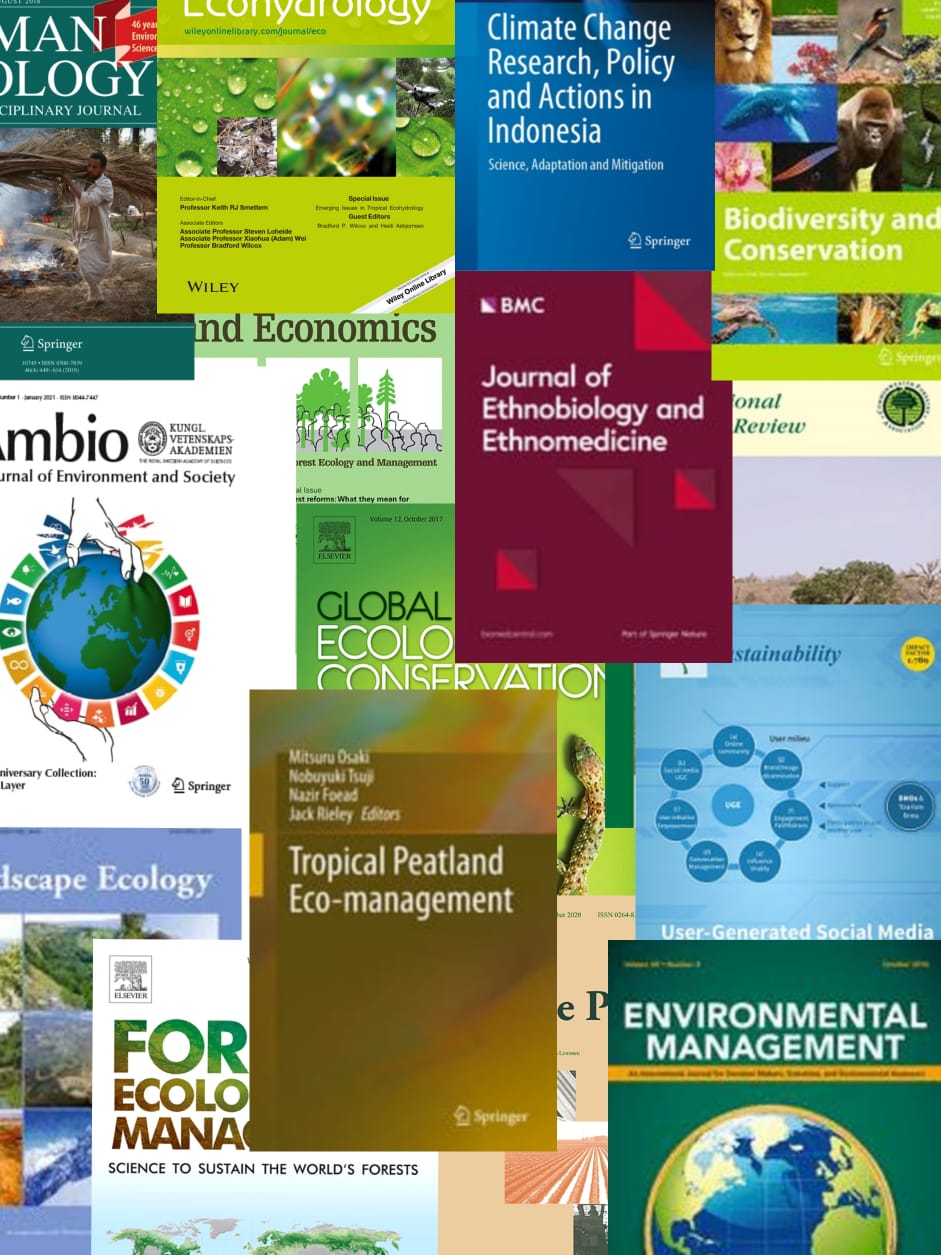Forest fires pose an important threat to tropical rain-forest biodiversity. In the present study, we assessed ground layer (herb and shrub) communities in six differentially disturbed landscape plots in East Kalimantan, Indonesia, including primary and logged forest and once-, twice- A nd frequently-burnt forest. Overall, we recorded 175 species of herbs and shrubs; richness was highest in twice-burnt forest and lowest in logged forest. Vegetation and topographical variables including the percentage of the plot burnt and tree abundance were significant predictors of variation in composition. The main compositional gradient showed a clear distinction between subplots in unburnt versus burnt forest. A subset of subplots in burnt forest, however, clustered together with subplots from unburnt forest. These plots were located in a network of relatively unscathed forest along floodplains that persisted in the burnt-forest matrix. Small plant species associated with unburnt forest included several species of Dryopteridaceae, Marantaceae and Rubiaceae. Species associated with once- A nd twice-burnt forest included Mikania scandens (Compositae), Microlepia speluncae (Dennstaedtiaceae), Nephrolepis cf. biserrata (Nephrolepidaceae), Lygodium microphyllum (Schizaeaceae) and Hornstedtia cf. reticulata (Zingiberaceae). The frequently-burnt landscape plot was characterized by a high cover of the grass species Imperata cylindrica and the invasive exotic shrub Chromolaena odorata. Importantly, these species and other exotics had also invaded the once- A nd twice-burnt forest and represent a potential threat to forest recovery. © 2018 Cambridge University Press.
View source

